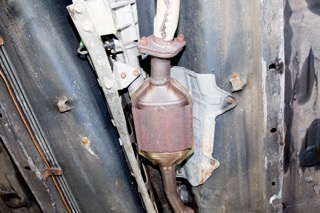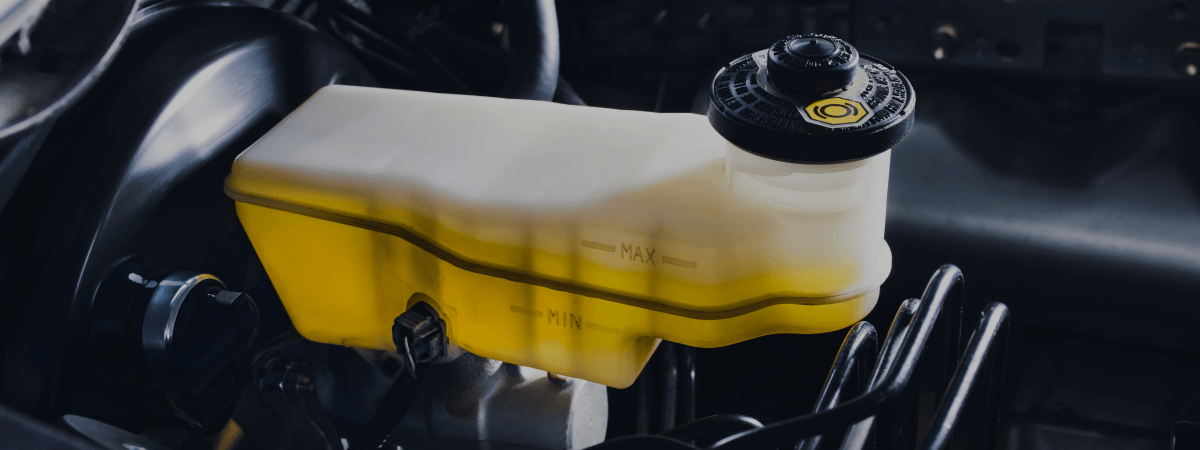
Your catalytic converter is an important part of your car. It helps to reduce emissions and keeps your car running smoothly. If it stops working, it can cause a lot of problems for your car. In this article, we will discuss the symptoms of a bad catalytic converter and what you can do about it. We will also talk about the different kinds of catalytic converters and what to do if yours isn’t working properly.
Noticing Catalytic Converter Problems
There are a variety of symptoms that you might notice if your car’s catalytic converter starts to go bad:
- Your car’s engine will start to run rough.
- You may notice that your car is losing power.
- You may have trouble starting your car.
- Your car’s exhaust may be louder than usual.
- You may see black smoke coming from your car’s tailpipe.
- Your car’s fuel economy may decrease.
- You may notice a rotten egg smell coming from your car’s exhaust.
If you notice any of these symptoms, it’s important to take your car to a mechanic so they can diagnose the problem. A failing catalytic converter will need to be replaced.
Types of Catalytic Converters
There are two main types of catalytic converters, and each one can fail in different ways. The first type is the oxidation converter, which can become clogged with carbon deposits. This will cause your car to run rough and lose power. The second type is the reduction converter, which can become damaged by sulfuric acid. This will also cause your car to run rough and lose power.
How to Maintain Your Catalytic Converter
To prevent your catalytic converter from failing, it’s important to maintain it properly. You should have the converter checked every 30,000 miles or so by a mechanic. They will be able to clean out any carbon deposits that may have accumulated. You should also use a fuel additive that contains oxygenates to help keep the converter clean.
If your catalytic converter does fail, it’s important to have it repaired or replaced as soon as possible. A failed converter can cause your car to emit high levels of pollution, which is harmful to the environment. It can also cause your car to run poorly and may eventually lead to engine damage.
Why Is Driving with a Faulty Converter Bad?
As we’ve discussed, a faulty converter can cause your car to pollute more and run poorly. But there are other reasons why it’s important to fix your catalytic converter if it’s not working properly. If you’re caught driving with a faulty converter, you could be fined or even have your license suspended. In some states, it’s against the law to drive with a faulty converter. So, it’s important to make sure your converter is working properly before you hit the road.
In Conclusion
If your catalytic converter is not working properly, it’s important to take your car to a mechanic so they can fix the problem. If you don’t, it could lead to bigger problems down the road. Master Muffler South Ogden is a great place to take your car for repairs. We have a team of experienced mechanics who can help you get your car back on the road quickly and safely. Give us a call today to schedule an appointment.
Related Posts
Key Takeaways On average, passenger vehicle tires last 40,000 to 60,000 miles, depending on type, driving habits, and maintenance. Replace tires when tread depth reaches 2/32”, if damaged, or older than 10 years. Regular rotation, alignment, and proper inflation extend tire life. Aggressive driving, poor roads, and harsh weather shorten tire lifespan. Take advantage [...]
When you think about car maintenance, you probably focus on oil changes, tire rotations, and maybe even brake pad replacement. But what about your brake fluid? If you’ve ever wondered, “What does brake fluid do?” or “Why is brake fluid important?”, you’re not alone. Brake fluid might not be the most talked-about part of [...]
Is that high-pitched squeal from your brakes driving you—and everyone else—crazy? Don’t ignore it. Squeaky brakes aren’t just annoying, they’re your car’s way of saying something needs attention. Whether you're cruising through Salt Lake City or winding up Idaho’s mountain passes, here’s what’s likely going on, how you can fix it, and when it [...]





